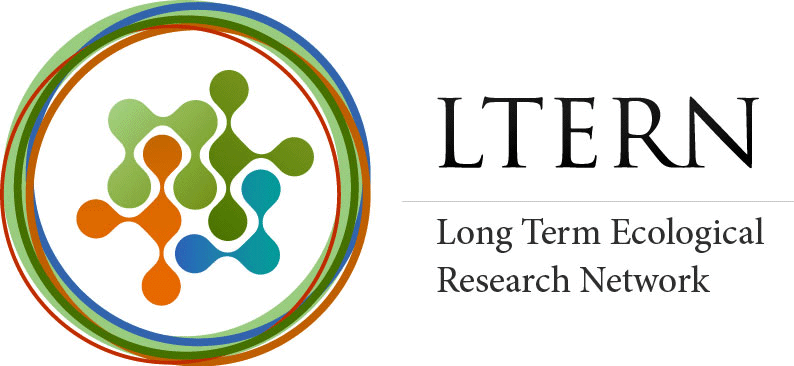Brief description
We used a case study in an Australian wet montane forest to establish how predictive fire simulation models can be interpreted as management tools to identify potential fire refuges. We tested the ability of a topographically based fire prediction model developed by Mackey et al (2002) in the O’Shannassy and Maroondah water catchments, NE north-east of Melbourne, Australia, with fire severity data collected following a large wildfire in 2009 in the same area. We derived our fire severity data from a larger map created by the Department of Sustainability and Environment (2009), using SPOT satellite imagery and the normalised-burnt ratio. We examined the relationship between the probability of fire refuge occurrence as predicted by an existing fire refuge model and fire severity experienced during a large wildfire. We also examined the extent to which local fire severity was influenced by fire severity in the surrounding landscape. We used a combination of statistical approaches including generalised linear modelling, variogram analysis and receiver operating characteristics and area under the curve analysis (ROC AUC). We found that the amount of unburnt habitat and the factors influencing the retention and location of fire refuges varied with fire conditions. Under extreme fire conditions, the distribution of fire refuges was limited to only extremely sheltered, fire-resistant regions of the landscape. During extreme fire conditions, fire severity patterns were largely determined by stochastic factors that could not be predicted by the model. When fire conditions were moderate, physical landscape properties appeared to mediate fire severity distribution. Our study demonstrates that land managers can employ predictive landscape fire models to identify the broader climatic and spatial domain within which fire refuges are likely to be present. It is essential that within these envelopes, forest is protected from logging, roads and other developments so that the ecological processes related to the establishment and subsequent use of fire refuges are maintained. Department of Sustainability and Environment (2009) Remote sensing guideline for assessing landscape-scale fire severity in Victoria’s forest estate. Unpublished technical manual., Department of Sustainability and Environment, Melbourne. Mackey, B., D. Lindenmayer, M. Gill, M. McCarthy, and J. Lindesay. 2002. Wildlife, Fire and Future Climate: A Forest Ecosystem Analysis. CSIRO publishing, Collingwood.Data time period: 2002 to 2009
text: The data were collected in the O’Shannassy and Maroondah Water Catchments ~ approximately 80km NE of Melbourne in Victoria, Australia
User Contributed Tags
Login to tag this record with meaningful keywords to make it easier to discover
- Local : ltern2.288


